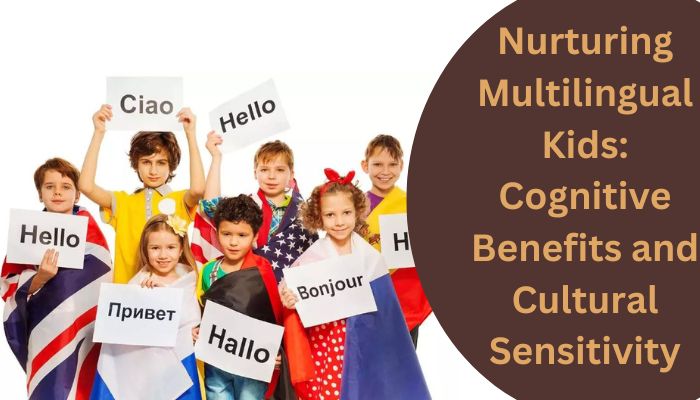Language, as a cornerstone of culture, plays a pivotal role in communication, relationship-building, and community cohesion. Our world boasts approximately 6,500 spoken languages, each with its own unique nuances. In our interconnected global society, being bilingual or multilingual has transformed from a luxury to a necessity.
The advantages of multilingualism extend not only to individuals but also to families and society as a whole. Historically, educators championed the benefits of bilingualism, encouraging families to nurture their native languages. This foundation paves the way for literacy, making children bi-literate individuals.
Today, parents recognize the importance of exposing their children to diverse languages tailored to their interests. Such exposure equips kids with invaluable tools for their future.
Preeti Bandary, a parenting expert and co-founder of Little Elly, has shared insights into why teaching children multiple languages from an early age is crucial.
**Bilingual Individuals Outperform Monolinguals**
One-half to two-thirds of adults worldwide are proficient in at least two languages, a valuable skill in our interconnected world. Bilingual and bi-literate individuals enjoy numerous advantages, especially in the job market, where their diverse language skills open doors to more opportunities than their monolingual peers.
Being bilingual broadens global participation, access to information, and cultural insights. Research shows that bilingual children often excel in various academic fields due to improved literacy skills, educational progress, and a deeper understanding of social dynamics.
These advantages, in turn, enhance cognitive skills and emotional intelligence, laying the foundation for a more intellectually agile future. Bilingualism is a mental workout that requires attention to linguistic structures and sound patterns, stretching one’s intellectual capacities.
**Bilingual Children Embrace Diverse Cultures**
Bilingual education yields significant cultural benefits, primarily the development of intercultural sensitivity in children. Exposure to other languages introduces them to the values inherent in various cultures. Moving between two linguistic worlds broadens their perspectives, enabling them to engage in cultural interactions and absorb customs and values from each culture they encounter.
This phenomenon is particularly pronounced in ethnic households and among children from foreign cultures, who frequently establish two cultural identities. Bilingualism also enhances communication, listening skills, and social competence, making multilingual individuals adept at adjusting to diverse, multicultural contexts and appreciating subtle cultural differences.
Fostering open-mindedness and acceptance by learning about different cultures is essential, enabling children to grasp and appreciate the world’s unique tapestry of diversity.
**Takeaways**
While early bilingualism has received significant attention from researchers, it’s vital to emphasize two points. First, bilingualism is just one way to promote early development; many other approaches help children thrive. Second, acquiring a second language is possible at any age, underscoring that language opens doors to a broader world regardless of when it’s acquired. Parents can enhance their children’s language skills and overall development by recognizing language as a potent tool for communication and connection.

